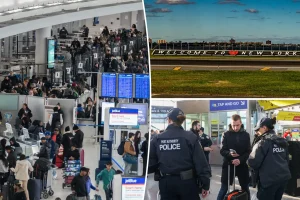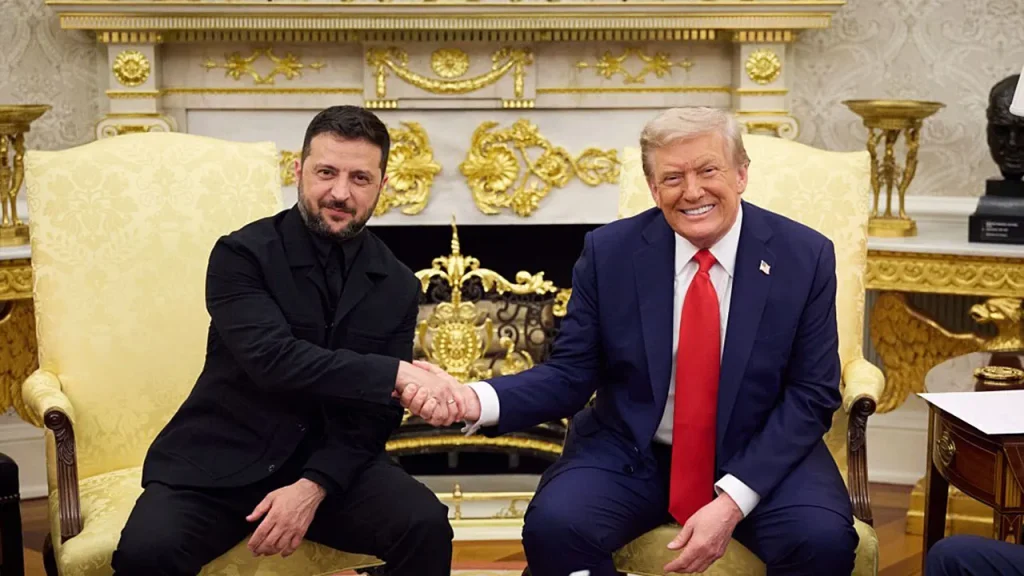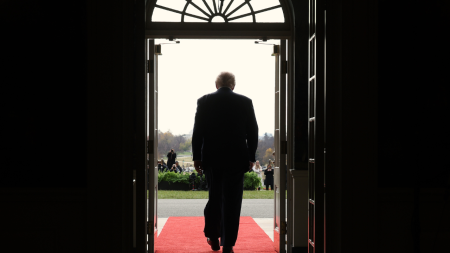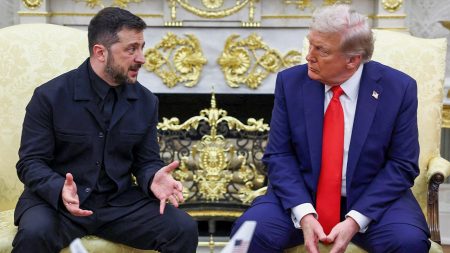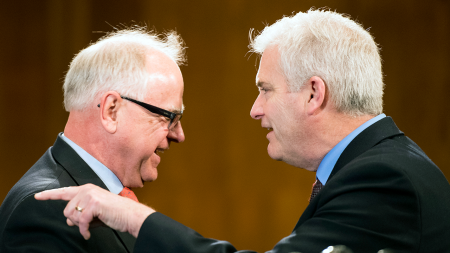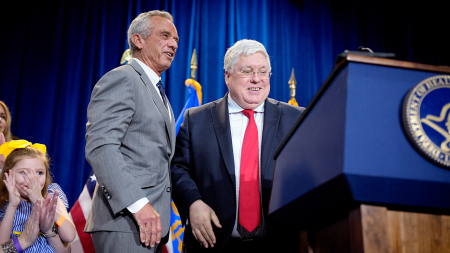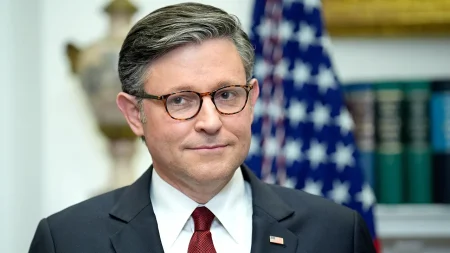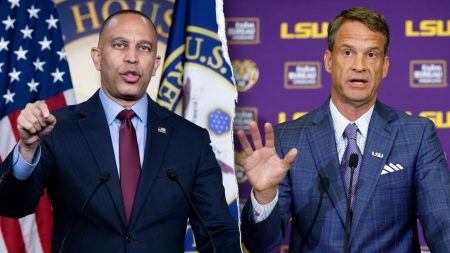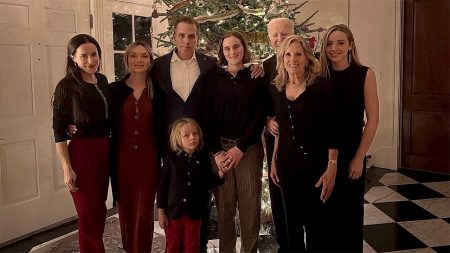Zelenskyy Endorses Trump’s Proposal for Ukraine War Freeze, But Russia Remains Resistant
Ukrainian President Volodymyr Zelenskyy has expressed support for President Donald Trump’s proposal to freeze the current battle lines in Ukraine while negotiating a more permanent peace agreement. During a visit to Oslo, Norway, Zelenskyy characterized Trump’s approach as “a good compromise,” noting that the American president had suggested they “stay where we stay and begin conversation.” This marks a potential shift in diplomatic strategy as the conflict approaches its third year. While Zelenskyy appears open to this pragmatic approach, he remained skeptical about Russian President Vladimir Putin’s willingness to accept such terms. Trump’s proposal represents a significant departure from previous administration positions, focusing on halting the immediate fighting before addressing the conflict’s deeper causes.
The Russian response, however, has been swift and dismissive. Foreign Minister Sergey Lavrov rejected any plan to freeze the conflict along current front lines, insisting that Russia seeks only a “long-term, sustainable peace” rather than a temporary pause. Lavrov characterized the American proposal as an attempt to “stop immediately” and “no longer discuss anything,” leaving history to judge the outcome. He emphasized that simply stopping the conflict would mean “forgetting the root causes,” signaling Russia’s unwillingness to compromise on its territorial ambitions. Moscow continues to demand complete control of Ukraine’s Donbas region, of which Russian forces already occupy approximately 90% according to August estimates. This fundamental disagreement on what constitutes an acceptable starting point for peace talks highlights the significant challenges facing any diplomatic resolution.
Last week’s meeting between Trump and Zelenskyy at the White House revealed some of the limitations in US support, particularly regarding Ukraine’s request for Tomahawk long-range missiles, which Trump appeared to deny. This meeting came amid what seemed to be a diplomatic opening between Washington and Moscow, though those efforts quickly unraveled. Secretary of State Marco Rubio engaged with Lavrov in what was intended to lay groundwork for a potential Trump-Putin summit in Budapest, Hungary. However, following their conversation, the White House stated there was “no need to meet” as the two sides “remained far apart” on key issues. The diplomatic impasse underscores the continuing challenges in bridging the significant gaps between American, Ukrainian, and Russian positions.
President Trump has expressed his reluctance to engage in diplomatic efforts that might prove fruitless, telling reporters he didn’t want to “waste time” meeting with Putin without seeing progress first. This caution appears to stem from the failed Alaska summit in August, when both leaders reportedly left discussions after Putin refused to make concessions. “I don’t want to have a wasted meeting. I don’t want to waste time until I see what happens,” Trump explained, suggesting a more pragmatic approach to high-level diplomacy than has been seen in previous administrations. This stance reflects both the complexity of the Ukraine situation and Trump’s business-oriented approach to international relations, where tangible outcomes are prioritized over symbolic meetings.
Meanwhile, NATO and European leaders have been actively pursuing their own diplomatic initiatives. NATO Secretary General Mark Rutte visited Washington Wednesday for White House meetings, reportedly bringing Europe’s latest ceasefire proposal. Additionally, a group of eleven European leaders signed a statement supporting the concept of freezing current front lines as a starting point for further negotiations. This alignment between European leaders and Trump’s position potentially creates more international pressure on Russia to consider some form of ceasefire arrangement. The coordinated approach suggests growing consensus among Western allies about the need to stabilize the conflict situation before deeper negotiations can begin, though significant challenges remain in bringing Russia to accept such terms.
The diplomatic maneuvering comes against the backdrop of continuing violence in Ukraine, including Russian strikes on civilian infrastructure such as hospitals. The human cost of the conflict continues to mount daily, adding urgency to ceasefire efforts even as fundamental disagreements about territory and sovereignty remain unresolved. For Ukrainian civilians caught in the crossfire, these high-level diplomatic discussions represent hope for an end to daily dangers, but the path to actual peace remains uncertain. With winter approaching and energy infrastructure repeatedly targeted, humanitarian concerns add another dimension to the urgent need for at least a temporary halt to hostilities, regardless of longer-term political solutions.
